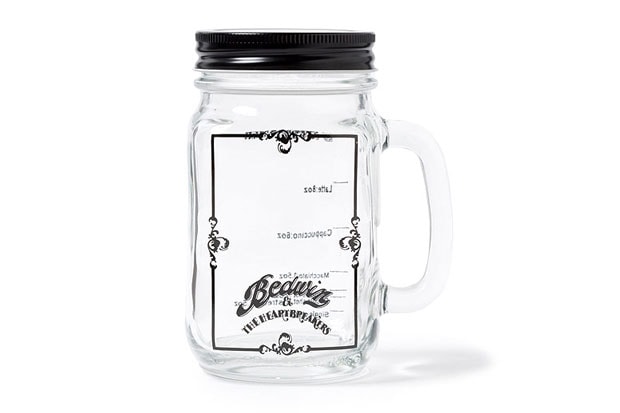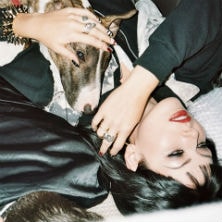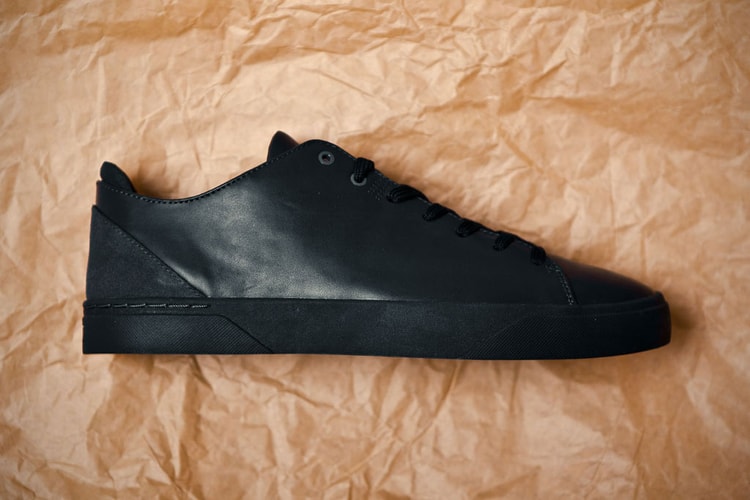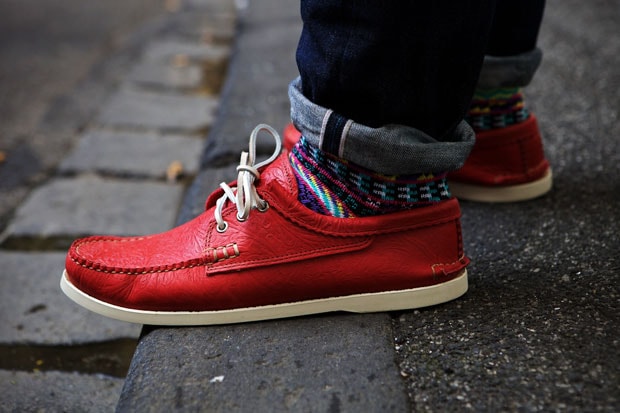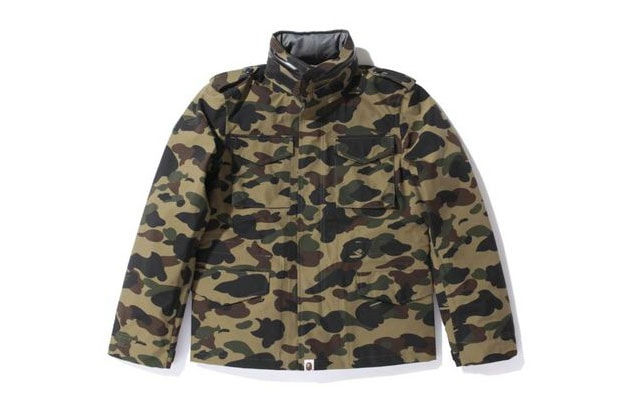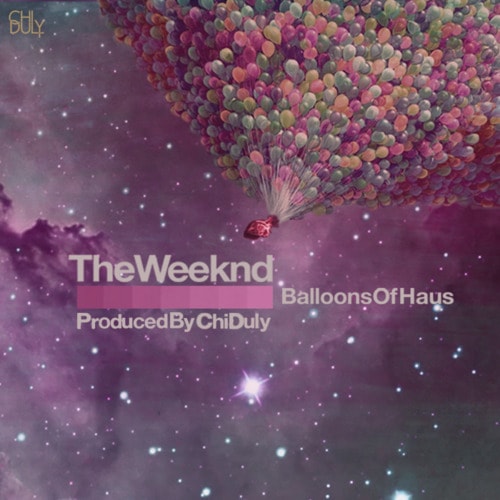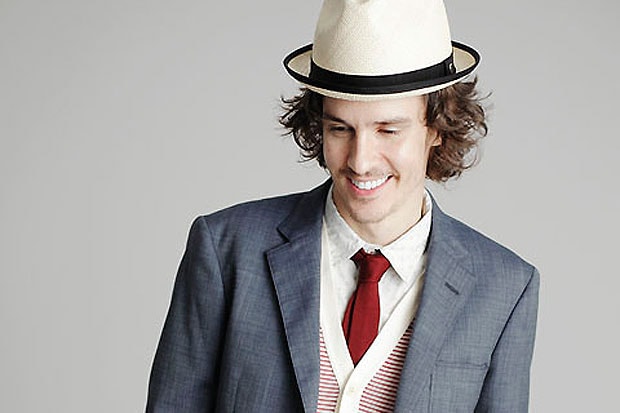Carryology: Insights - Horween Leather
The team over at online editorial Carryology considers themselves “carrying enthusiasts” who enjoy





The team over at online editorial Carryology considers themselves “carrying enthusiasts” who enjoy uncovering the most innovative, expertly crafted luggage goods the world has to offer. In doing so, the Bellroy endorser developed a series entitled Insights, where it highlights traditional goods, advanced materials and inspiring craftsmen, providing a comprehensive look into the important role they play in today’s world of creative design. This time around Carryology focuses on a cornerstone material of carrying goods, leather, specifically one of the world’s most renowned tanneries, Horween Leather. Below we offer a brief excerpt from the detailed interview with Director Nick Horween, but you can peep the discussion in its entirety here.
First up – what makes Horween Horween? Is there a core difference from other tanneries, or is it a mix of things?
We are keenly focused on making products that are of the highest quality. This means we use components of the highest quality, but it also means we’ve made a real investment in our work force. Whenever we develop something new, we always make it the best way we can, and then we figure out what we need to sell it for.
Lots of your leathers seem to have a real depth to their look, where there’s almost layers of interest. Is that magic, or is it just taking your time and doing things right?
Both. We use primarily aniline finishes, which are like stains or varnishes for woods (as opposed to paint, or pigment). We achieve the depth of character by taking a traditionally tanned piece of leather and layering and building up the look we want.
How important is hide selection? Or does most of the craft happen within your walls?
It’s extremely important. When we receive the hides, we have no idea what the actual grain will look like. We actually won’t know until we’ve trimmed the hides, removed the hair, and preserved them. At this point we sort them and the hide really tells us what it can be made into. We sort for size, thickness, and grain quality. For grain quality, we’re looking at anything that effects the physical or structural appearance of the leather – brands, bug bites, healed scratches, etc. Hides that have these attributes aren’t “bad,” they’re just better suited for one leather over another. We buy the best hides available to us. Heavy, North American hides with as few brands as possible.
For a company with such a rich heritage of leathers, do you find much room to innovate and add new ones? Or has it all been done before?
We constantly have to develop and evolve. It’s true, we have a very strong group of core products that will always be made the same way. But, there’s constant pressure from overseas in the way of pricing. We’ve stayed the same because we believe that the customer can tell the difference.
Are there particular brands or designers that really push you guys?
Since we make everything to order and we’re willing to make reasonable changes to our products, there’s a real synergy between between customers and us. We’re lucky in that we get to work with really great companies and designers.
Source: Carryology



